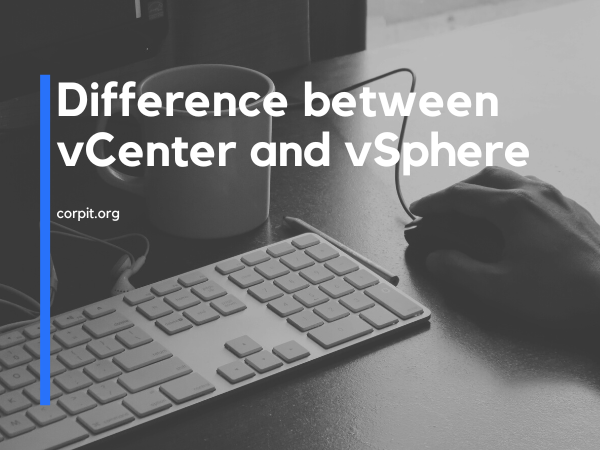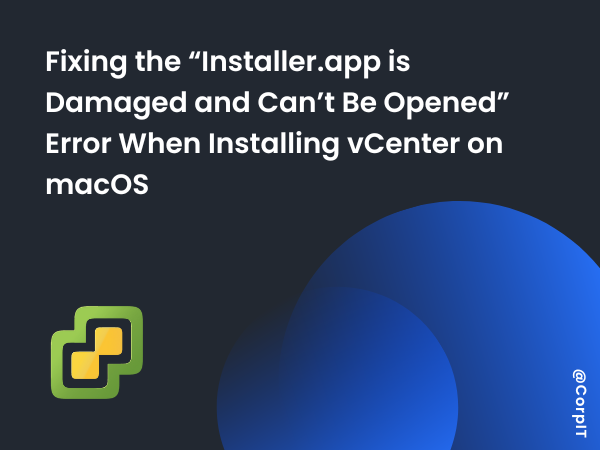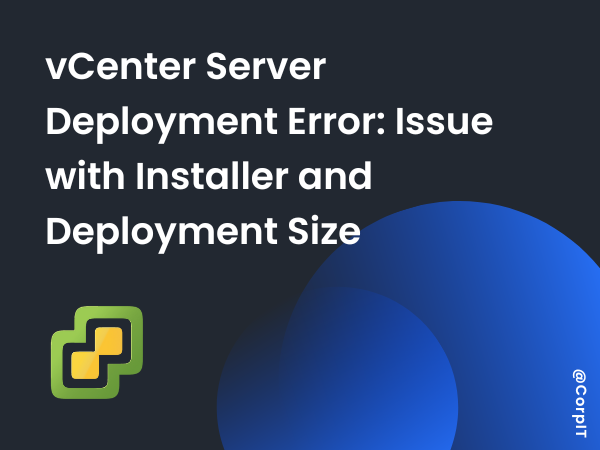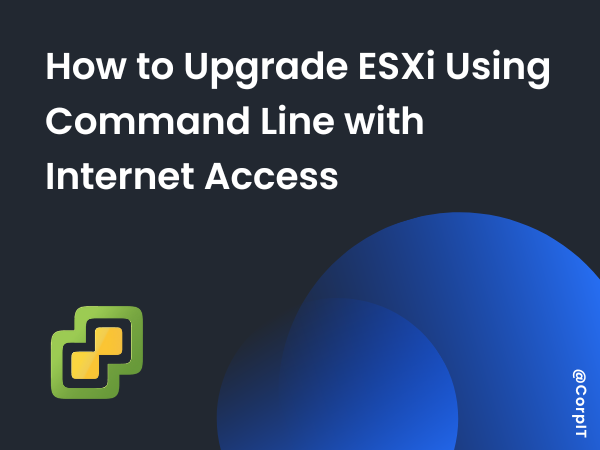vCenter and vSphere are two separate products from VMware, a leading provider of virtualization software. While they are often used together, they serve different purposes and have different features and capabilities.
vCenter is a central management platform for managing multiple vSphere environments. It provides a single pane of glass for administering and managing your virtual infrastructure, including virtual machines, hosts, networks, and storage. vCenter allows you to automate common tasks, such as deploying new virtual machines or migrating existing ones and provides features such as load balancing and resource optimization.
vSphere, on the other hand, is a virtualization platform that provides the foundation for building a virtual infrastructure. It allows you to create and run virtual machines on a physical host and provides features such as virtual networking, storage, and resource management.
One of the main differences between vCenter and vSphere is their scope of management. vCenter is designed to manage multiple vSphere environments, while vSphere is focused on providing the virtualization platform for a single environment. This means that vCenter has a wider range of management and automation capabilities, as it can manage multiple vSphere environments at once.
Another key difference is the type of features and tools that are included with each product. vCenter includes a range of management and automation tools, such as the vSphere Web Client, which allows you to manage your virtual infrastructure from a web-based interface. It also includes features such as vSphere Distributed Resource Scheduler (DRS), which allows you to optimize resource utilization across your virtual infrastructure, and vSphere High Availability (HA), which provides automatic failover protection for virtual machines.
vSphere, on the other hand, is focused on providing the core virtualization platform and features. It includes tools such as vSphere Client, which allows you to manage your virtual infrastructure from a desktop application, and vSphere ESXi, a hypervisor that allows you to run multiple operating systems on a single physical host. vSphere also includes features such as vSphere vMotion, which allows you to migrate virtual machines from one host to another without downtime, and vSphere Storage vMotion, which allows you to migrate virtual machine storage without disruption.
In terms of pricing, vCenter and vSphere have different licensing models. vCenter is licensed on a per-instance basis, with different pricing tiers based on the number of hosts and virtual machines that you want to manage. vSphere is licensed on a per-processor basis, with different pricing tiers based on the number of processors in your physical host.
One important thing to note is that vCenter and vSphere are not mutually exclusive. In most cases, vCenter is used in conjunction with vSphere to provide a comprehensive virtualization and management solution. vCenter provides the central management platform, while vSphere provides the virtualization platform and core features.
In summary, vCenter is a management platform for vSphere environments, while vSphere is the virtualization platform that provides the foundation for building a virtual infrastructure. While they have some overlapping capabilities, they are designed to serve different purposes and have different licensing models. vCenter is focused on management and automation, while vSphere is focused on providing the core virtualization platform and features. Together, they provide a comprehensive solution for building and managing a virtual infrastructure.









